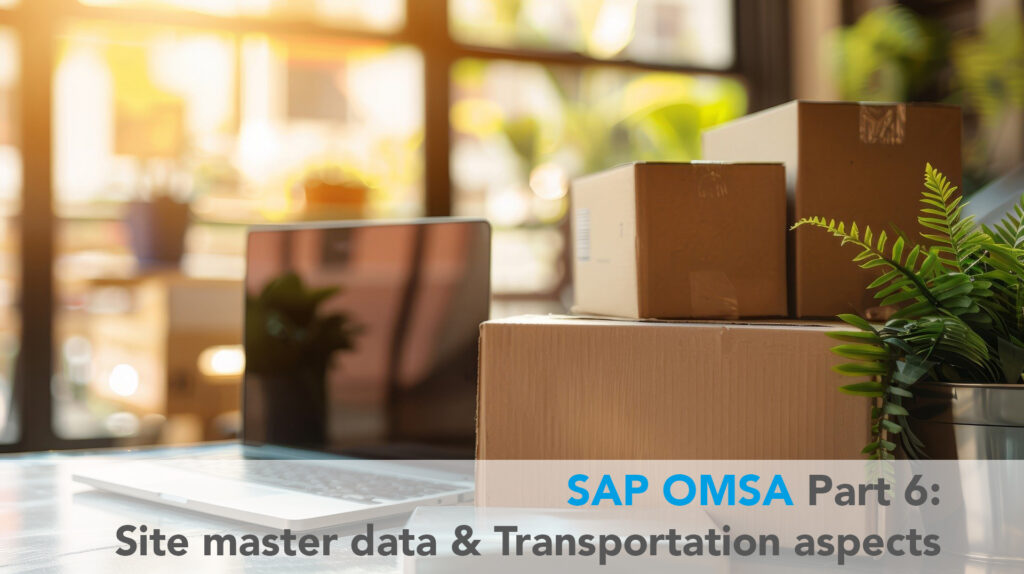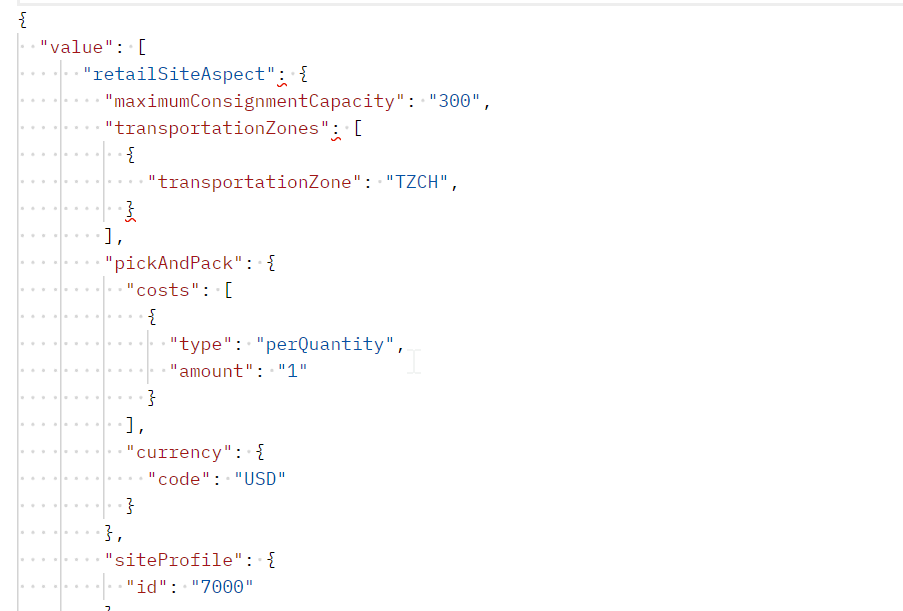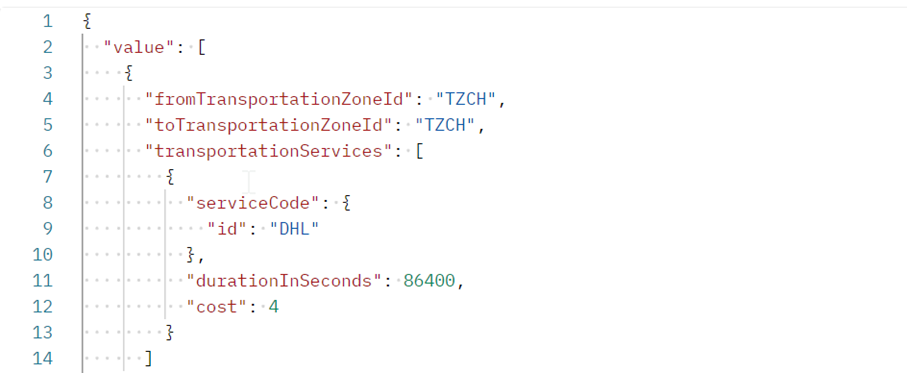
André Dotzler

Henning Sanders
Introduction
In the sixth part of our SAP OMSA series, we focus on plant master data and transportation aspects, two essential elements for generating a sourcing request from SAP OMSA.
Plant master data
In our previous articles, we discussed integrating plants into SAP OMSA. In S/4HANA, however, you can’t directly maintain the necessary parameters required by SAP OMSA. Instead, after the initial setup, you need to add the following information to the plants:
- Capacity: Indicates how many orders a plant can process per day, impacting the sourcing strategy KPI (“Utilized Capacity”).
- Picking cost: Represents the cost of picking items. It can be maintained per item, position, or order and is used by SAP OMSA in the sourcing strategy (KPI: “Picking and Packing Costs”). Lower picking costs often result in a higher sourcing priority for plants.
- Transportation zone: Specifies the transportation zone where the plant is located, determining which customers the plant can supply.
Since these parameters can’t be maintained directly through S/4HANA, they must be added later using Postman or a custom app. However, since this data rarely changes, updating via Postman is usually sufficient.
Aspects of transportation
Transportation in SAP means addressing the logistics of shipping orders from plants to destinations, considering delivery time and cost. These aspects of transportation are defined by three parameters:
- Transportation zone: Describes the “geographical zone”, which can range from country level to postal code level. Typically, one zone per country suffices unless there are significant transport differences within the country.
- Transportation service codes: Define the shipping conditions offered.
- Transportation lanes: These link the transportation zones with the transportation service codes and describe from and to which transportation zone deliveries can be made with a specific carrier. Additionally, the transportation lane includes the expected delivery time and shipping costs. This information plays a crucial role in the sourcing process.
Summary and looking ahead
Plant master data and transportation aspects can easily be overlooked as they are entered via Postman. However, they are crucially important and significantly impact the sourcing process. If these settings need changing frequently, it might be beneficial to manage them through a custom app. SAP has announced plans to make this information maintainable via a user interface. This means that, for now, we are refraining from using extensive custom implementations and are instead waiting for the SAP update. We will regularly review this and are able to offer a simple solution on the BTP, if needed.
Interested?
Interested in learning more about SAP OMSA? Get in touch with us to find out more.
SAP OMSA (1) – the new innovative cloud sourcing tool from SAP
SAP OMSA is a term that you may have come across in presentations, discussions, or forum threads. But what does OMSA actually stand for, and what benefits does implementing this system bring?
SAP OMSA (2) – Integrating S/4HANA backend with SAP OMSA
Integrating the S/4HANA system with SAP OMSA is crucial for seamless data exchange. But how does data ingestion work, and what are the key considerations?
SAP OMSA (3) – Sourcing strategy
In the SAP OMSA system, sourcing strategies significantly determine the outcome of a sourcing request. In this article, we take a closer look at sourcing strategy settings and shed light on how they can be used and adapted.
SAP OMSA (4) – Sourcing request
In response to the sourcing request, the SAP OMSA system decides which sites the products should be sourced from. In this article, we look at which information and parameters can be included in the sourcing request.
SAP OMSA (5) – Functionalities beyond sourcing
In addition to the sourcing request, the SAP OMSA system offers additional functions. In this article, we highlight the key APIs that are supported and shed light on how they can be used in a real-life retail environment.




